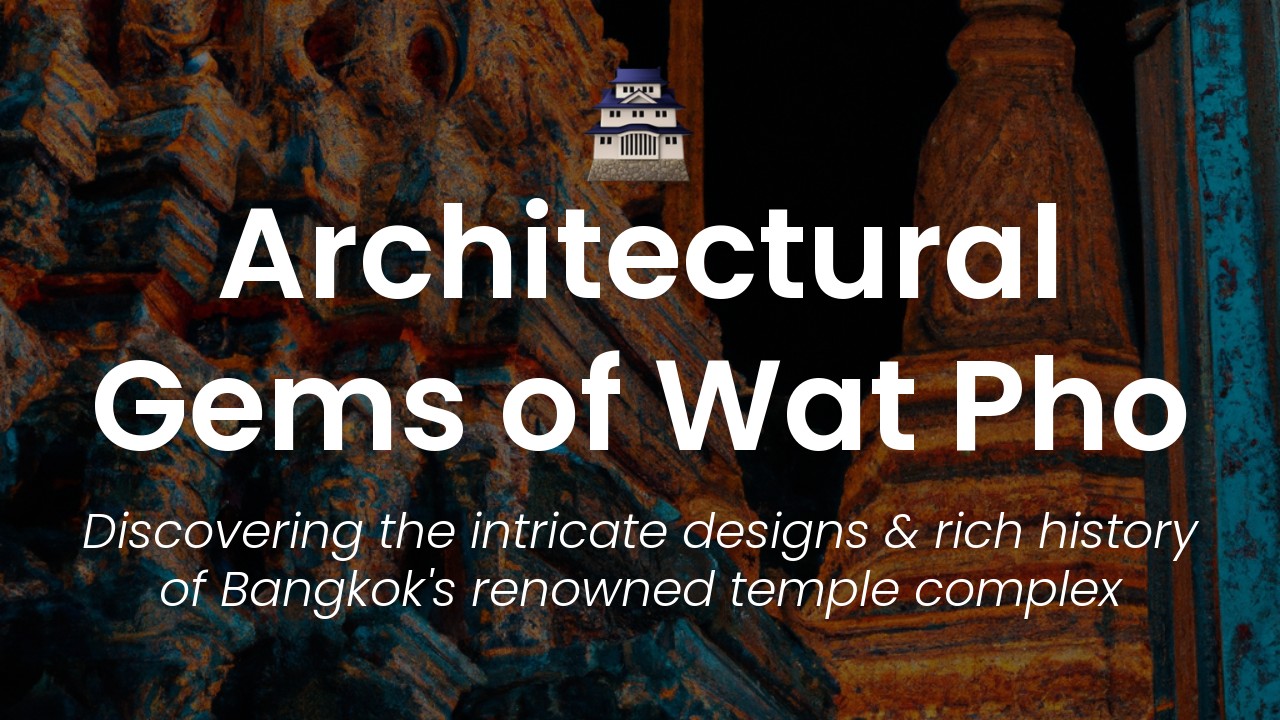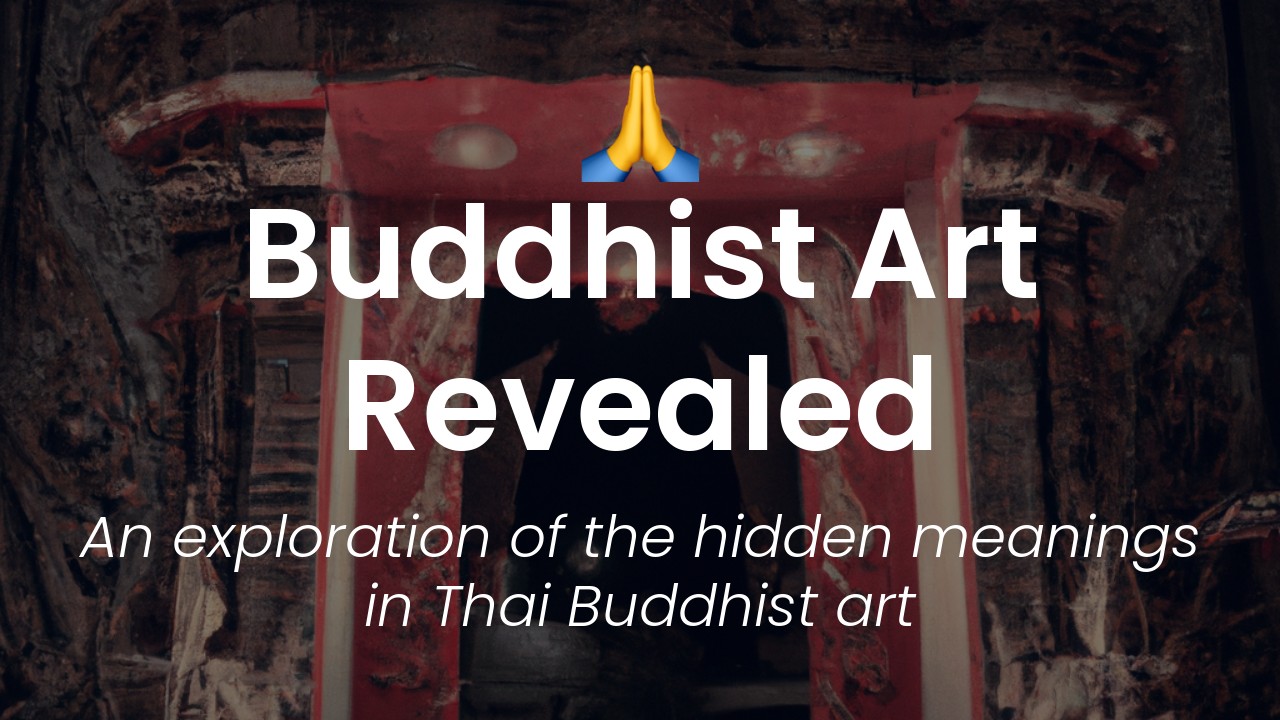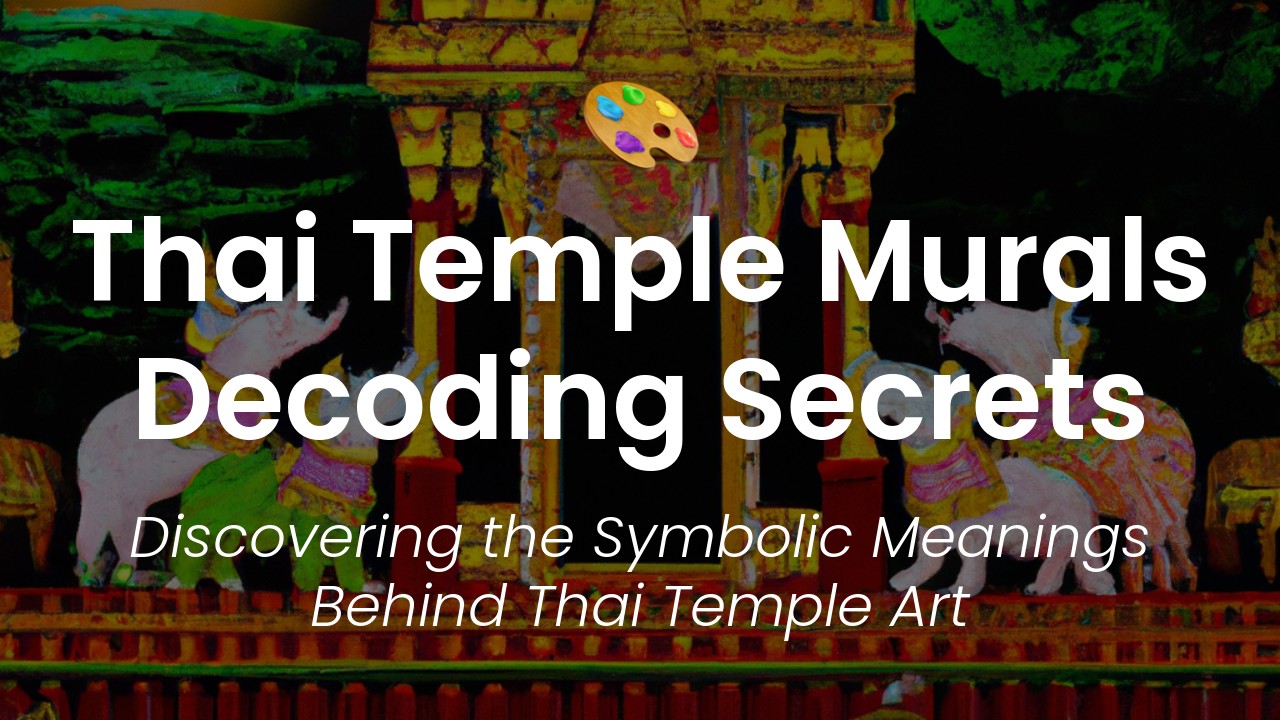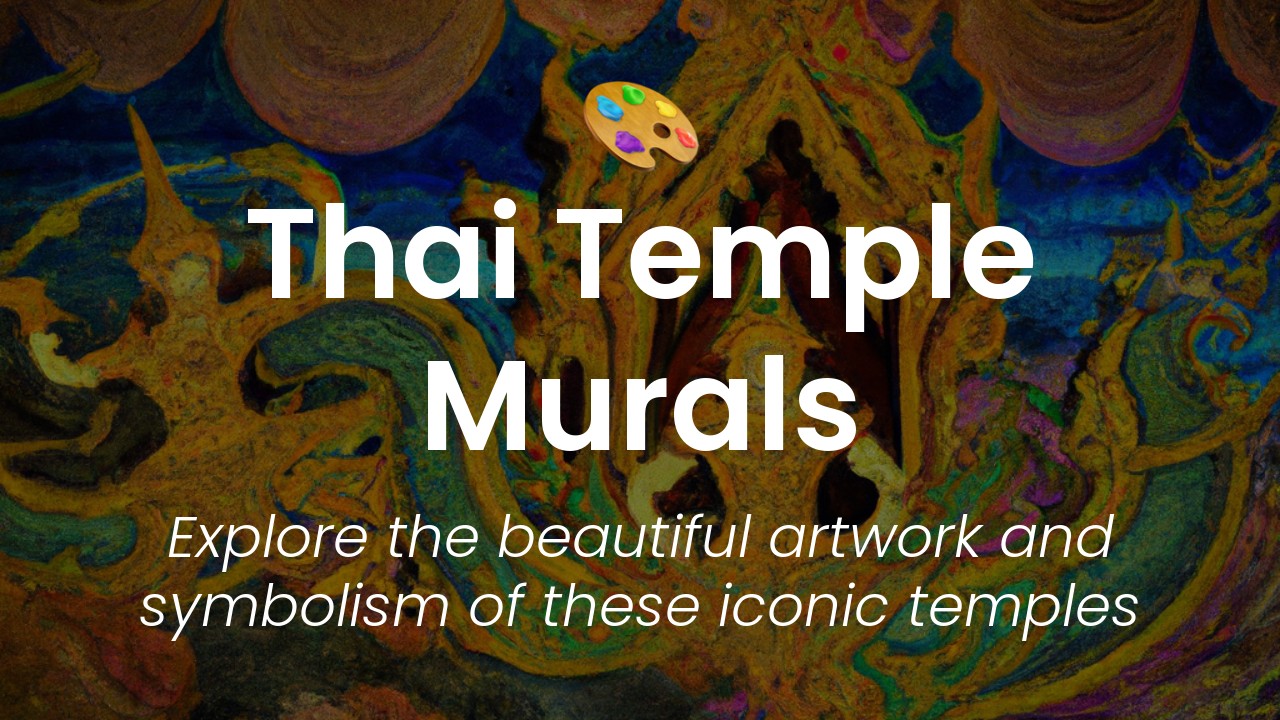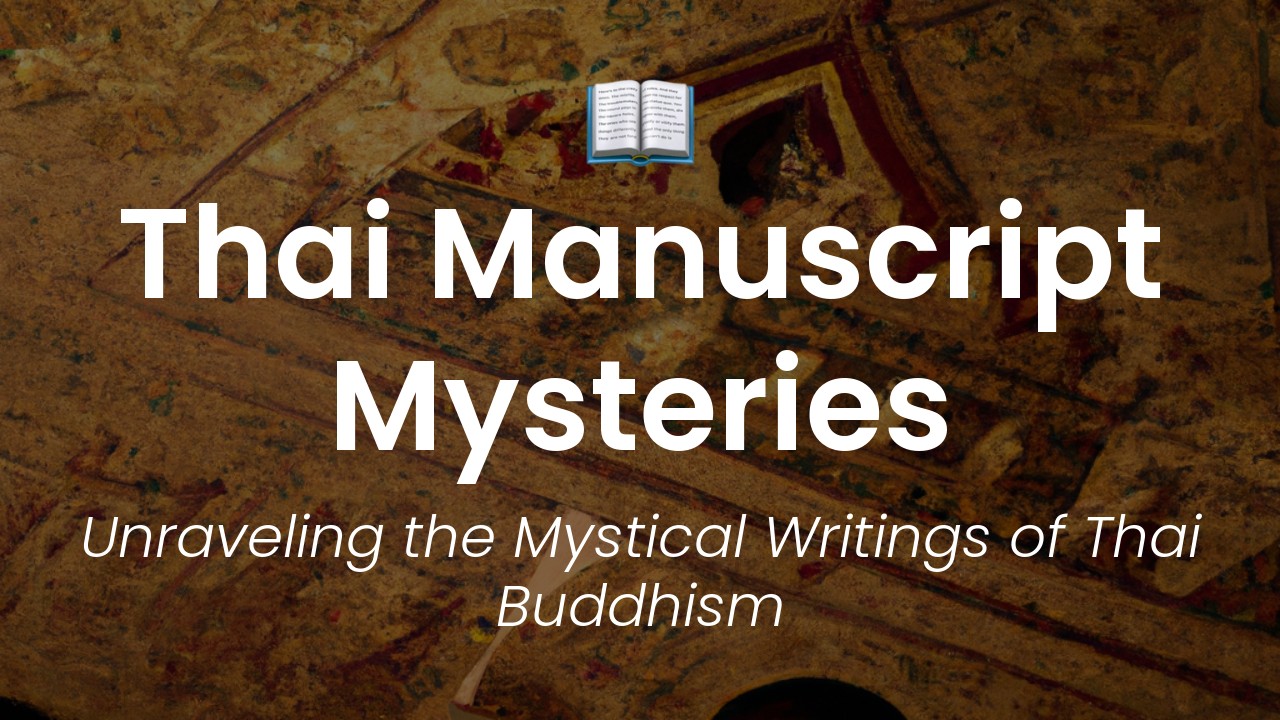As a Thai native, I have always been intrigued by the magnificent structures and rich history surrounding religious landmarks in my country. It's no secret that Thailand is a hub of beautiful temples and stupas, but for me, none capture the attention quite like Wat Pho. This temple complex is one of the most significant landmarks in the whole of Thailand, attracting millions of visitors every year.
The secrets of Wat Pho are many, and to truly understand the splendor of this temple, a closer look at its architecture is necessary. From grand hallways and imposing chedis to intricate carvings and graceful statues, each detail tells a story that is both remarkable and fascinating.
In this article, I will take you on a journey through the architectural wonders of Wat Pho, revealing the secrets that make this temple complex a truly unique and stunning destination. Whether you are a first-time visitor or a seasoned traveler, the enchanting blend of history, culture, and design at Wat Pho is something that cannot be missed. So, let's step inside and unlock the secrets of this remarkable temple together!
History of Wat Pho
As one of the oldest and largest temples in Bangkok, Wat Pho has a rich and fascinating history that stretches back over four centuries. The temple was originally founded in the seventeenth century, during the reign of King Rama I, as a small monastery that served as a centre for the study of Buddhism and traditional Thai medicine.
Over the years, Wat Pho grew in size and importance, becoming a major centre of learning and scholarship, as well as a place of worship for the local community. In the early nineteenth century, the temple underwent a major renovation and expansion, which saw the construction of a large number of magnificent buildings and structures, including the famous Reclining Buddha.
The Grand Palace Connection
One of the most interesting aspects of Wat Pho is its connection to the nearby Grand Palace, which was built by King Rama I around the same time as the temple. In fact, the two sites are connected by a secret tunnel, which was used by the king and his family as a way to travel between the palace and the temple without being seen by the public.
Despite its humble beginnings, Wat Pho soon became one of the most important and prestigious temples in the city, attracting visitors and pilgrims from all over Thailand and beyond. Today, the temple is widely regarded as one of the most significant and impressive landmarks in the country, and is a must-see attraction for anyone interested in Thai culture and architecture.
Design and Layout of the Temple
One of the things that makes Wat Pho so special is its unique and fascinating architecture, which combines elements of traditional Thai design with more modern and Western-style influences. The temple is laid out in a rectangular grid pattern, with a series of courtyards and buildings arranged around a central axis.
One of the most striking features of the temple is its intricate and beautifully crafted decorations, which include ornate stucco reliefs, colourful murals, and intricate carvings made from wood and stone. The temple also features a number of stunning examples of Thai-style gold leaf work, which adds a rich and luxurious touch to the overall aesthetic.
The Reclining Buddha
Of course, no visit to Wat Pho would be complete without seeing the famous Reclining Buddha, which is one of the largest and most impressive sculptures of its kind in the world. Measuring over 46 metres in length and 15 metres in height, the statue is made from solid gold leaf and is housed in a specially constructed pavilion.
The Reclining Buddha is one of the most popular and iconic images of Thai Buddhism, and is a powerful symbol of the religion's emphasis on relaxation, mindfulness, and inner peace. Visitors to the temple can pay their respects to the statue by sprinkling it with water, and can also take part in a traditional Thai blessing ceremony at the nearby prayer hall.
The Four Great Stupas
In addition to the Reclining Buddha, Wat Pho is also home to a number of other important buildings and structures, including the famous Four Great Stupas. Located in four corners of the temple complex, these stupas are massive and imposing structures that are decorated with intricate carvings and adorned with precious gems and jewels.
Each stupa represents one of the four elements of nature – air, earth, fire, and water – and is believed to have unique healing powers. Visitors to Wat Pho can walk around the stupas and take in their intricate and eye-catching decorations, which include depictions of legendary Thai figures and scenes from Buddhist mythology.
The Beautiful Cloisters
Another highlight of Wat Pho is its beautiful and serene cloisters, which are a series of covered walkways that run around the perimeter of the temple complex. Lined with statues of the Buddha and other important figures from Thai history and mythology, these cloisters offer a peaceful and meditative environment where visitors can reflect and unwind.
One of the most impressive features of the cloisters is their stunning murals, which depict scenes from the life of the Buddha, as well as other important events and figures from Thai history. These murals are renowned for their intricate detail and vivid colours, and are widely regarded as some of the finest examples of classical Thai painting in existence.
Importance of Traditional Thai Medicine
Finally, one of the most interesting and unique aspects of Wat Pho is its role as a leading centre for the study and practice of traditional Thai medicine. In addition to its many religious and cultural functions, the temple has also long been known for its expertise in herbal medicine, massage, and other forms of healing.
Today, visitors to Wat Pho can take part in a range of health and wellness activities, including massage classes, herbal medicine consultations, and Thai-style yoga sessions. These activities provide a valuable opportunity for visitors to learn more about Thai culture and history, as well as to experience the healing benefits of traditional Thai medicine first-hand.
Conclusion
In conclusion, Wat Pho is one of the most fascinating and awe-inspiring landmarks in Bangkok, and a must-see destination for anyone interested in Thai culture, history, and architecture. From its majestic Reclining Buddha statue to its stunning Four Great Stupas, beautiful cloisters, and world-renowned expertise in traditional Thai medicine, this incredible temple truly has something for everyone. Whether you are a first-time visitor to Thailand or a seasoned traveller, a trip to Wat Pho is an experience that you will never forget.

